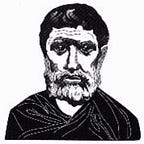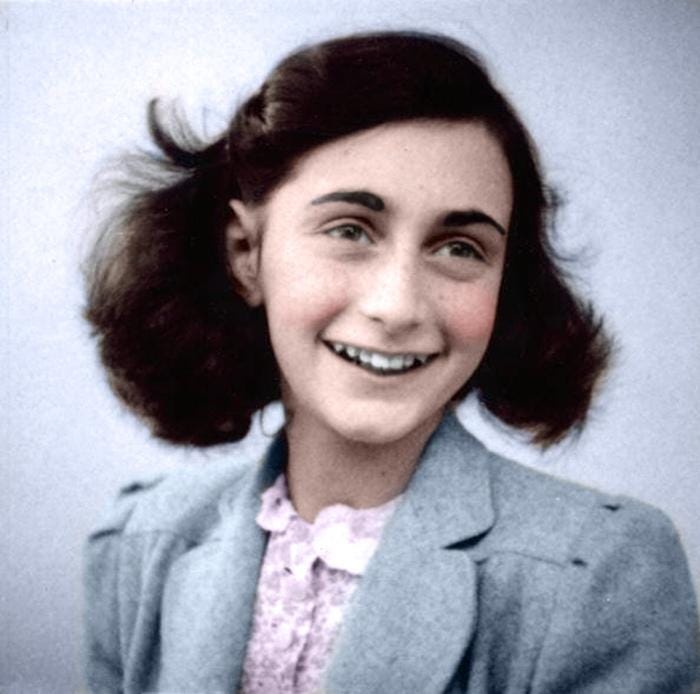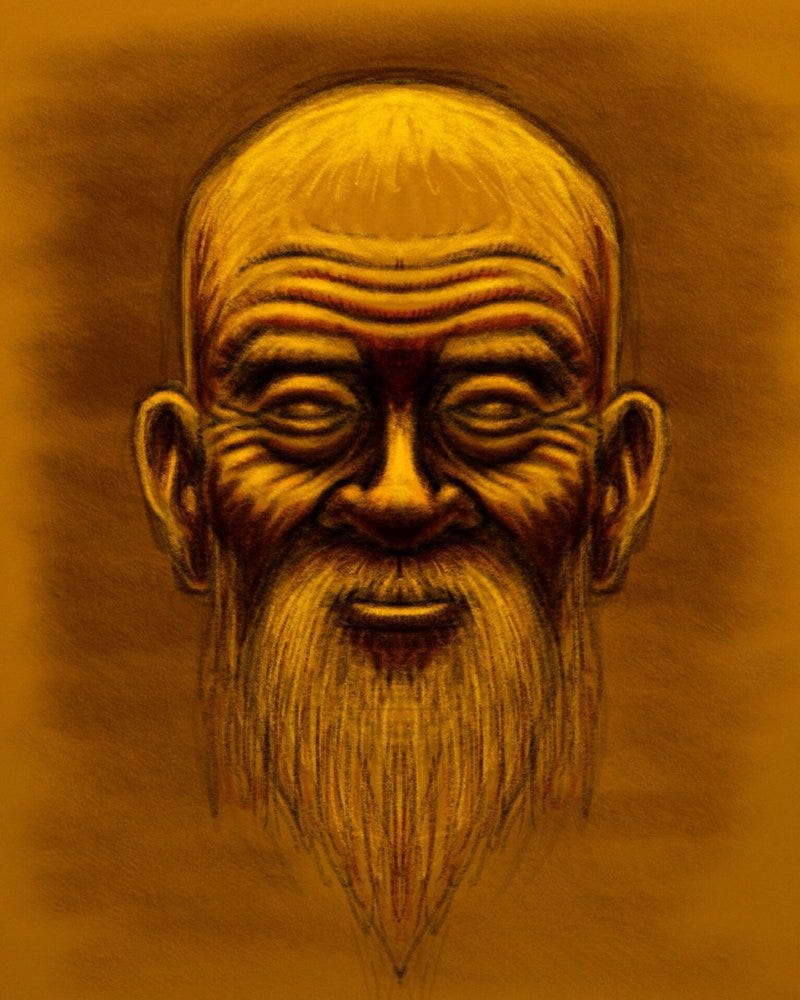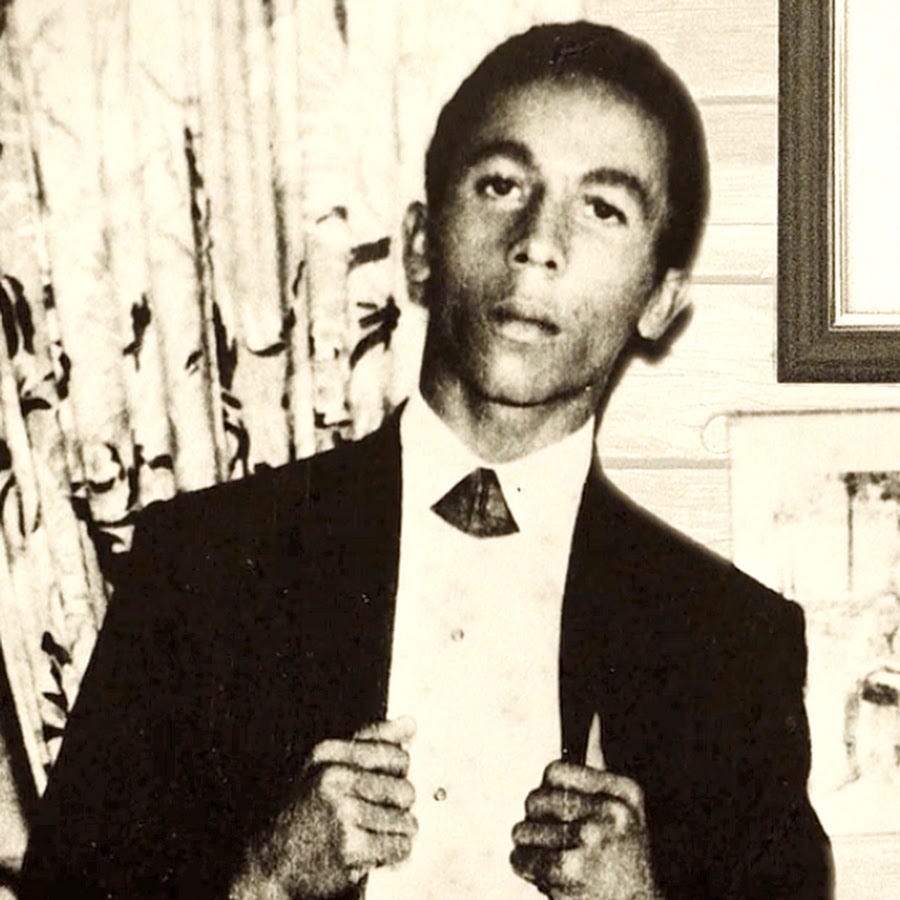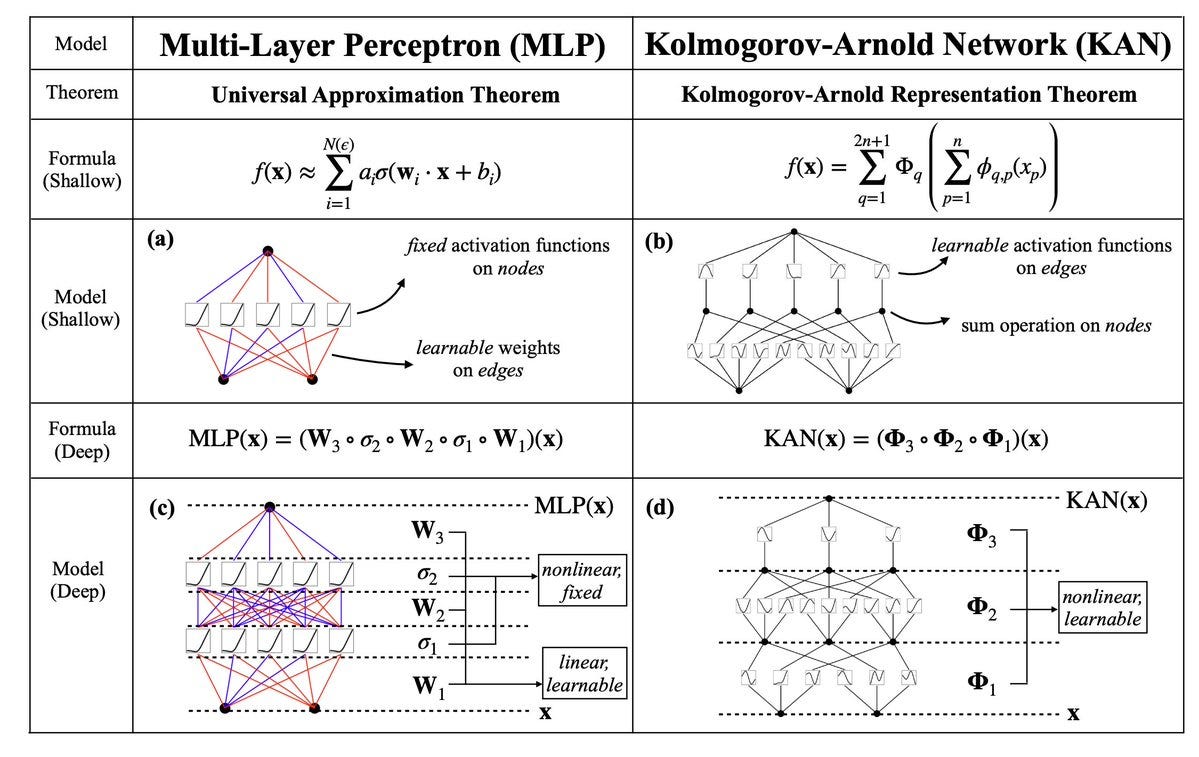The History of Yahoo!
From Hobby to Internet Sensation
The Internet is an expansive web of sites on almost any topic you can think of. To help you navigate these sites and find the ones you want to visit, you probably use a search engine. When the World Wide Web had just begun, however, there wasn’t much to guide the average user unless you paid for an account with a company such as AOL or Microsoft Network.
But two bored Stanford students would change all of that in the Spring of 1994, stumbling upon what is now a popular Internet product company with over 650 million unique users every month. So how did a college hobby become the Fortune 500 company that is known today as Yahoo! (“Yahoo! Inc. Success Story”)?
Jerry’s Guide to the World Wide Web: 1994–1995
In 1994, an electrical engineering student named Jerry Yang shared a list of his favorite websites with his fellow engineering student, David Filo. Together, the two began spending their free time surfing the Web and compiling a bigger list of their favorite websites and including it on their own website, initially called Jerry’s Guide to the World Wide Web and later David and Jerry’s Guide to the World Wide Web. Their site featured links to sites they found interesting, separated into categories―and in a span of just six months it grew from a list of hundreds of sites that was getting thousands of views per week to a list of over 2,000 links with around 50,000 visitors each day (Carlson).
Jerry Yang and David Filo called themselves “Chief Yahoos”As the site grew in popularity, Filo and Yang began sorting the links not only into categories but into subcategories. They also decided that their site needed a better name. While browsing through the dictionary, Filo and Yang decided on the name Yahoo! which, along with the appealing definition of “rude and uncouth, “ allowed them to create an acronym from “Yet Another Hierarchical Officious Oracle,” which was based off of the acronym popular with UNIX experts: YACC, or “Yet Another Compiler Compiler” (“Yahoo! Inc. History”).
Yang and Filo used Stanford computers to operate their website, and as Yahoo! grew, Stanford provided them with a trailer and set of computers to house their operations. This would change, however, when Netscape created a new browser called Navigator in October 1994 that linked directly to Yahoo! from a button at the top of the browser labeled “Directory.” By June 1995, Yahoo had over 10,000 website links and over 1 million views per day. This was too much for Stanford’s servers to handle, and the university asked Yang and Filo to find their own servers (Carlson).
Creating a Company: 1995–1996
Yang and Filo now faced a problem: servers cost money. But in March 1995, they were given their first opportunity to get it. America Online (AOL) offered to buy Yahoo! for $2 million. Instead of selling the company, Yang and Filo turned AOL down and chose to sell only 25% of Yahoo! to a venture capital firm called Sequoia Capital for $1 million (ibid). With this money, Yang and Filo began to build a company.
Their first move was to seek out and hire fellow Stanford graduate Tim Koogle as Chief Executive Officer (CEO), who then brought on his buddy Jeff Mallett as his Chief Operating Officer (COO). Together, Koogle and Mallett would take Yang and Filo’s hobby and turn it into a company (“Yahoo! Inc. History”). In 1996, Yahoo! would go public with its shares. During its Initial Public Offering (IPO), they raised $33 million, selling 2.6 million shares at $13 per share (“Yahoo! Inc. Success Story”).
Expanding the Brand: 1997–2000
Banner ads have mostly been replaced by an ad program by Google called Adsense
Unlike other similar sites at the time, such as AOL and Microsoft Network, Yahoo! still did not charge a fee for using its services. This was possible because companies paid Yahoo! to place banner ads on the site where users might see and click on them (“Yahoo! Inc. History”). But Yahoo! wanted to expand the free services they offered to users while simultaneously expanding the advertising space they could offer to paying companies.
Throughout 1997 and 1998, Yahoo! created services based on what their customers were clicking on in their directory by developing products and buying smaller start-up companies that could create them for them. These included chat rooms, classifieds, e-mail, a travel section, sports, games, movies, real estate, a calendar, file sharing, auctions, shopping, and an address book.
By early 1999, a small website that started as a hobby for two college guys became a company of almost 2,000 employees. By the end of 1999, it would be a company of 4,000 employees with partners like Visa and MTV, with over 250 million users of their products and over $1 billion in revenue. By the year 2000, Yahoo! was offering over 400 different products and services in 24 different countries (Carlson).
The Fall of an Empire: 2000–2012
At the beginning of 2000, Yahoo! seemed to be unstoppable, with millions of dollars of revenue and more coming in every day. Unfortunately, much of this money was coming in from dot-coms investing in ad space, and many of them were businesses that were just starting up or were failing, hoping that Yahoo! ad space would help launch their company into or back into the market. The problem with this theory was that many users had quit clicking on the banners on Yahoo.com, with ad clicking declining from 5% to just 0.5%.
The dotcom bubble burst caused the Yahoo! stock to drop 87%After receiving pressure from investors on Yahoo!’s board of directors, COO Mallett initiated Yahoo 2.0, which was meant to move away from selling ads to dot-coms and charge users for certain products. Still, Yahoo! was affected by the dot-com bubble burst of 2000, and its stock fell 87% as investors moved away from a company that was so heavily reliant on risky dot-com businesses. In 2001, Koogle resigned as CEO, followed by Mallett’s resignation just a few months later.
Terry Semel, former chief of Warners Bros., came on as the new CEO. Semel hired Dan Rosenweig as his COO. Unfortunately, Semel did not have a lot of experience in Internet advertising―or, in fact, much experience with the Internet at all. An older gentleman, Semel did not know how to use e-mail and never bothered to learn it in the almost seven years of his time as CEO. Still, he managed to bring some good to the company, helping Yahoo! use a more traditional advertising strategy that helped it move away from the dot-com bubble burst. By 2006, Yahoo! was the most popular website on the Internet. But like Yang and Filo before him, Semel made the crucial mistake of underestimating a new company on the scene―and this one was called Google.
Google beats out Yahoo! in a number of areas, including search and emailIn 1997, a college student named Larry Page had approached Yang and Filo, offering to sell his search site that at the time was called BackRub. Yang and Filo turned Page down. In 2000, BackRub, now known as Google, was gaining traction and approached Yahoo! yet again, this time for a partnership. Although none of the higher-ups still took the deal seriously, the head of Yahoo! search, Udi Manber, was able to strike a deal with Google. This deal allowed Google to put its logo on the Yahoo! search result page and allowed Yahoo! to use Google’s search results, with Yahoo! paying Google every time a search query directed users to Google’s search services (ibid).
This deal was beneficial for Yahoo! from 2000 to 2004 because as a search directory, Yahoo!’s search was organized into categories rather than listing most relevant sites first. Directories took a lot of effort, requiring people to organize, evaluate, and catalog the information found on each website in order to correctly add the website to Yahoo!’s search list. By using Google, the search results became much broader, and Google used algorithms to find sites and organize search results based on what the user typed in the search (Porterfield). The deal proved to be very beneficial to Google as well, as users on Yahoo! noticed the results they were getting were from Google and began to go directly to Google’s site for future searches.
After Semel tried but ultimately failed to create a search engine that could compete with Google by acquiring the companies Overture and Inktomi―along with failing to make a deal with Mark Zuckerberg to buy the future social network sensation Facebook―he finally resigned as CEO in 2007. His successor, Yahoo! Cofounder Jerry Yang, resigned in 2009 after turning down an offer from Microsoft to buy the company for $45 billion in 2008, resulting in a plummet of Yahoo! stock from $28.38 to under $10. Yang’s replacement, Carol Bartz, known for her brazen attitude and habit of dropping the F-bomb, also failed to turn Yahoo! around. With search usage down, banner ad percentage down, and email usage down as more people turned to Google, Facebook, and cell phone apps, Bartz resigned in 2011 (Carlson).
Marissa Mayer Brings Hope: 2012–Present
Marissa Mayer is known in the media for both her excellent fashion sense and for being, in her words, “painfully shy”
In 2012, Marissa Mayer walked onto Yahoo!’s campus, affectionately called “the Hoo,” on a purple carpet. In the lobby, she was greeted by a poster modeled after artist Shepard Fairey’s Obama poster, with her face in red and blue with the word “HOPE” underneath. She was also five months pregnant.
Mayer was also a Stanford graduate and had originally begun as a premed student intent upon becoming a brain doctor, but found that the classes were not as challenging to her problem-solving skills as she had hoped. Instead, she became a Symbolic Systems major. After graduating, she took a risk in 1999 and passed on 12 job offers to accept an internship at a start-up called Google. There she not only dated Google Cofounder Larry Page for a time, but also climbed her way to one of the top positions with the title of Vice President of Search Products and User Experience.
Two things ultimately pushed Mayer into the CEO job for Yahoo!. The first was Google taking her off of its Search product and switching her to Google Maps and local products―which, although she still had the same title, was popularly viewed as a demotion. The other factor actually occurred seven years earlier.
In 2005, Yahoo! had invested in a start-up company called Alibaba, which linked Asian factories to Western companies. Over the years, Alibaba created an eBay-like site called Taobao, which became the most popular online shopping site in China. Because of this investment, despite many of Yahoo!’s failings in its own products and services, it was still worth a lot of money as a company and as a stock investment because China investment laws did not allow Western companies to invest in Alibaba directly. So the only way to do so was through Yahoo!. Because Yahoo! had the money and security from Alibaba, it was willing to take a risk on Marissa Mayer―and because of her “demotion,” she was willing to take a risk on Yahoo!.
When she first arrived on the scene, Yahoo employees loved Mayer. She made strides in creating a better work environment for employees, taking suggestions that would lead to things like replacing bathroom stalls so you couldn’t see your neighbor in the next stall over where the partition should have met the wall but failed. She also created an every-Friday meeting held in the cafeteria that let employees know what changes the company was making and allowed them to ask questions and receive answers from not only their direct superiors, but from Mayer herself. And after receiving criticism for taking only two weeks’ maternity leave herself, she announced that all new parents under Yahoo! employment would receive eight weeks of maternity or paternity leave regardless of the situation (adoption, surrogacy, etc.) and new mothers would receive 16 weeks (ibid).
Yahoo! won an award in 2013 for its mobile weather app designMayer also reorganized the company, seeking out new executives and putting a focus on mobile Internet, which Yahoo! was way behind on. In 2013, a year after her arrival, the company stock was up 60.6% at $40 per share and making 75% revenue, the highest of any Fortune 500 company (“Marissa Mayer”). It was also beating Google as the top search company, and Mayer outbid Facebook for the popular, easy blogging and social networking site Tumblr. But even with the highest revenue, Yahoo! revenue still had declined 5.5% from the previous quarter, and soon enough employee morale began to fall too (Carlson).
The Future: Can Yahoo! Be Saved?
Since 2014, Yahoo! stock has remained steady but has not risen as was hoped for. Revenue continues to decline rather than build. Many of Mayer’s hires for executive positions have already needed replacement as they were unable to fulfill what she needed, leaving her without a COO in 2015. Media sales have dropped, and the search market has decreased from 15% when she started to 12%. Yahoo! Mail still struggles to compete with Gmail―and while mobile usage of Yahoo! has definitely improved, it has yet to produce a standout product (ibid).
Still, Mayer may prove to be the hero Yahoo! needs. Tumblr is slowly gaining in popularity, and there is a chance that someone within the company can create and find that one breakout product or service that once again puts Yahoo! at the top of the Internet game.
References
- Carlson, Nicholas. 2015. Marissa Mayer and the Fight to Save YAHOO! New York, NY: Grand Central Publishing.
- Marissa Mayer Success Story.” Success Story. 2015. Accessed: October 19, 2015.
- Porterfield, Jason. 2010. Conducting Basic and Advanced Searches. New York, NY: Rosen Publishing Group.
- Yahoo! Inc. History.” Funding Universe. 2005. Accessed: October 19, 2015.
- Yahoo! Inc. Success Story.” Success Story. 2015. Accessed: October 19, 2015.
